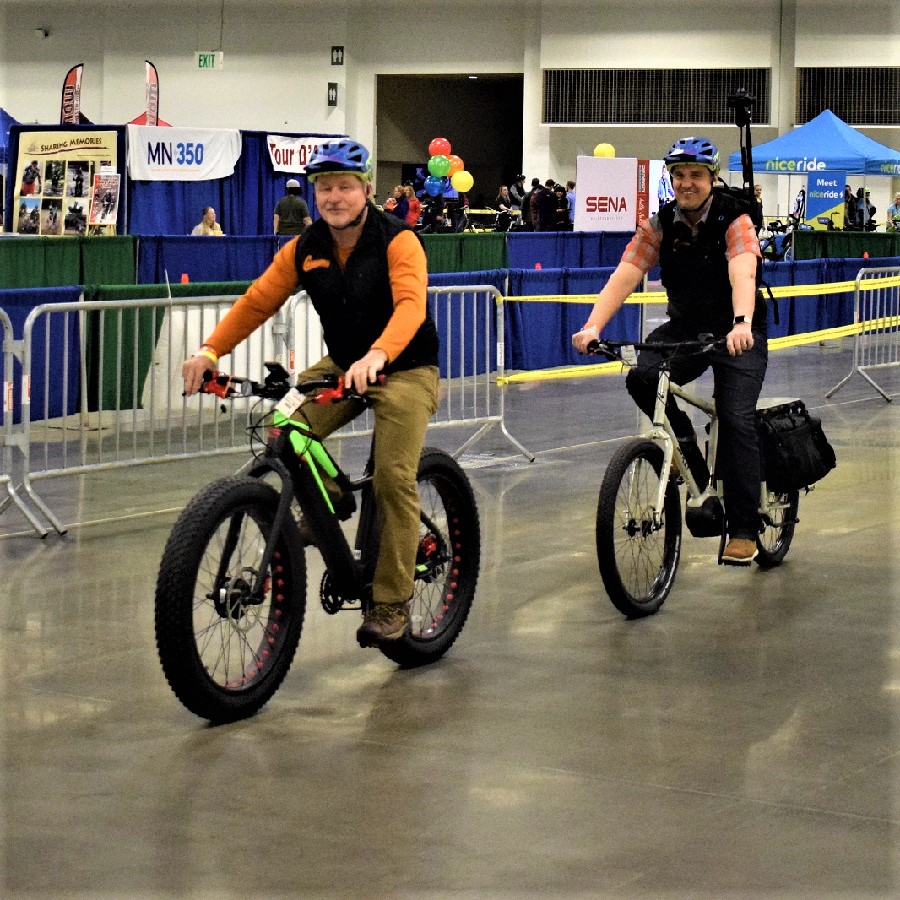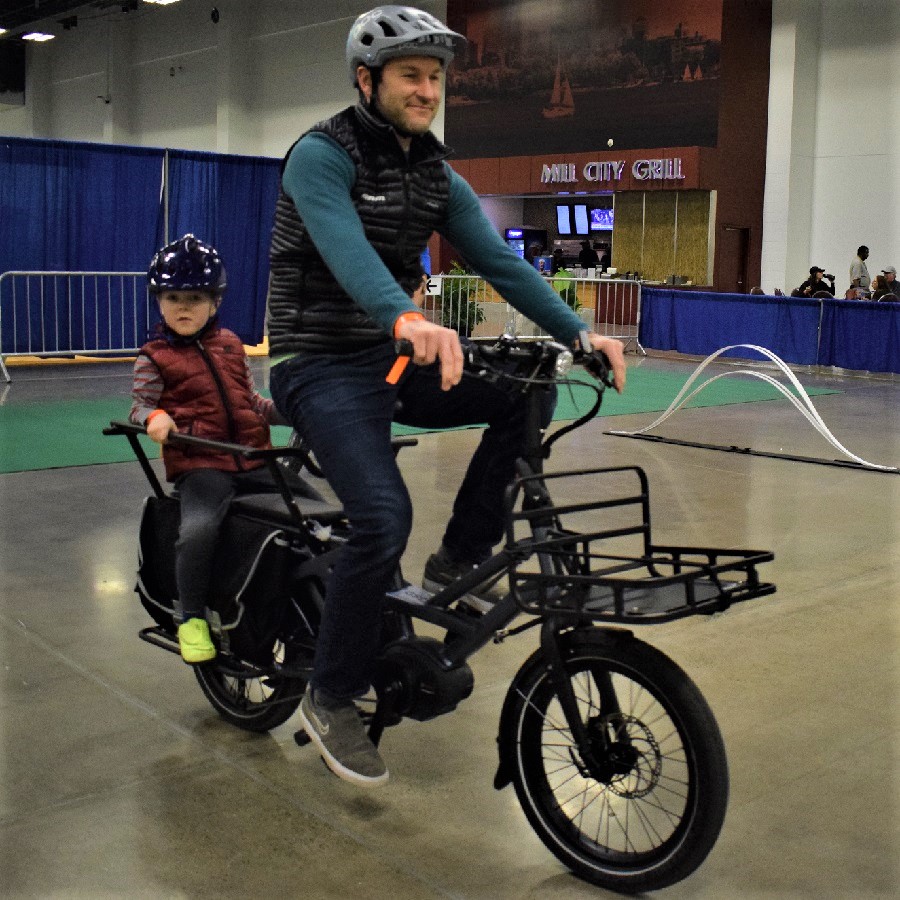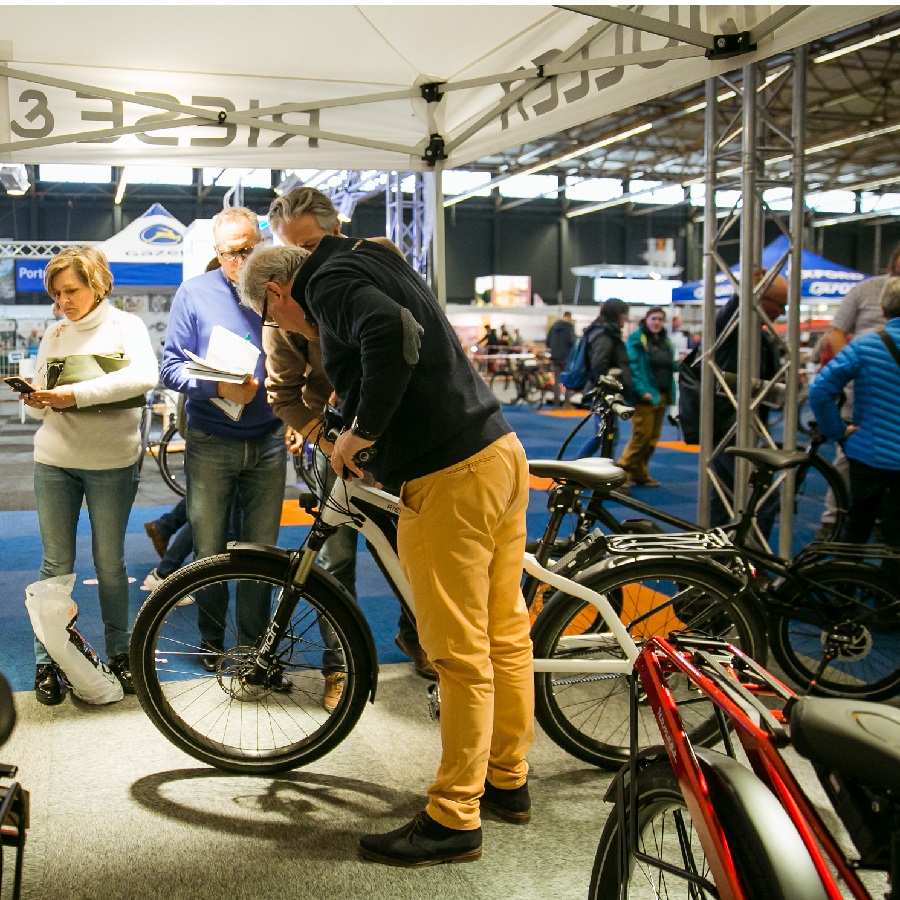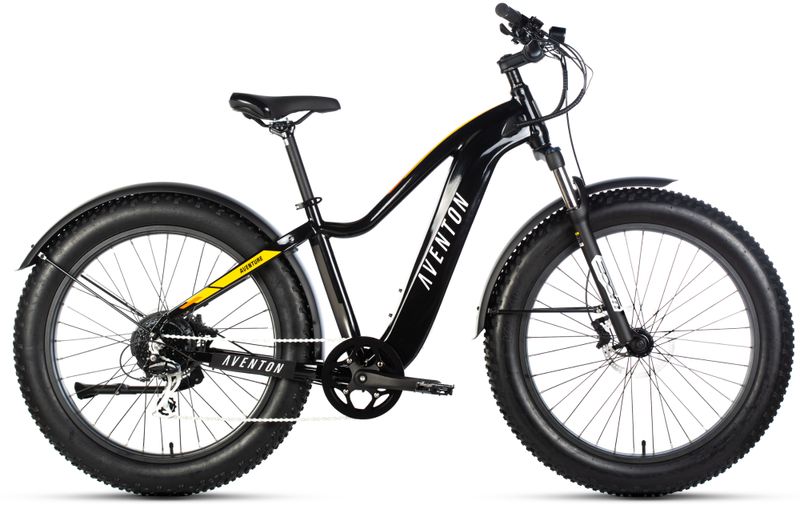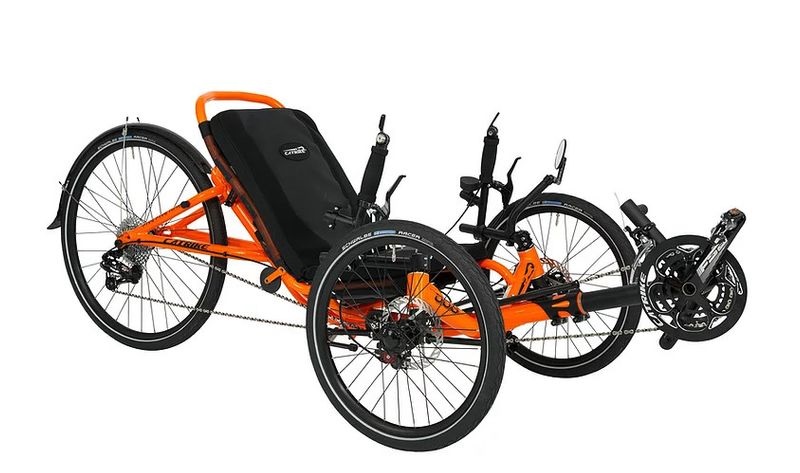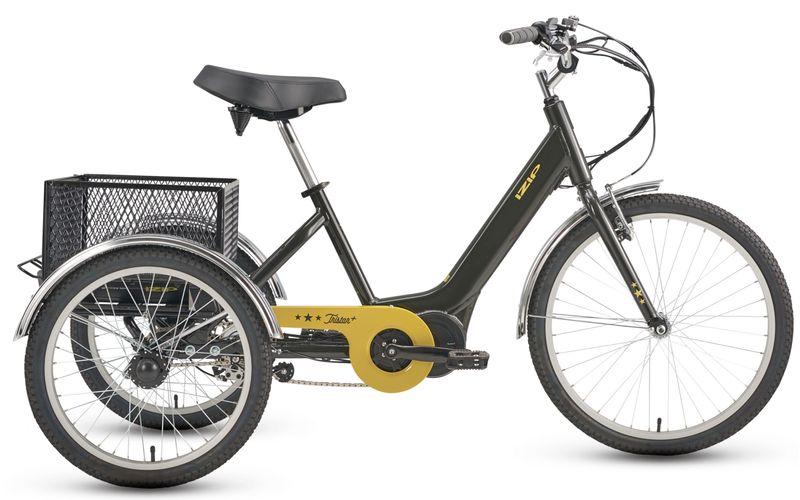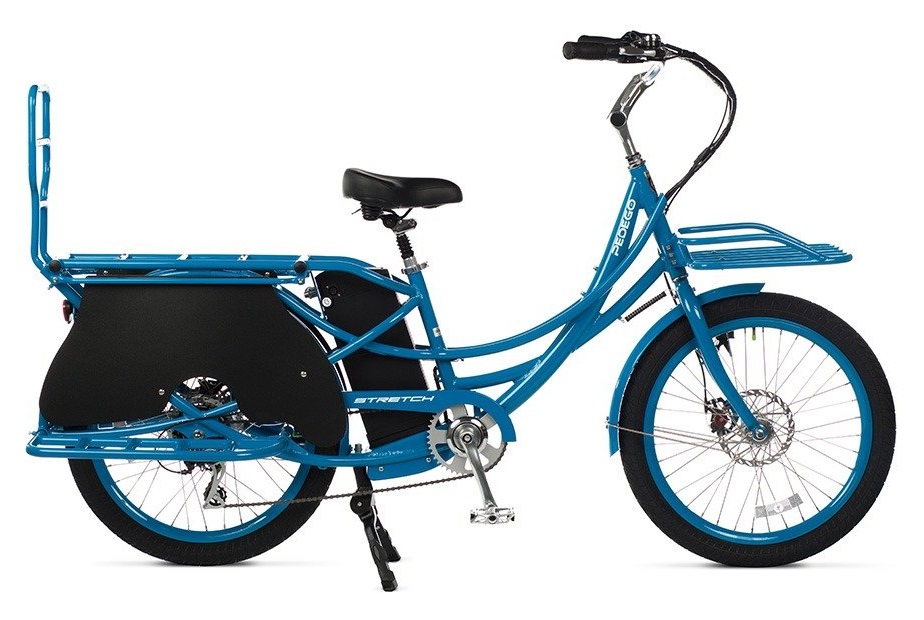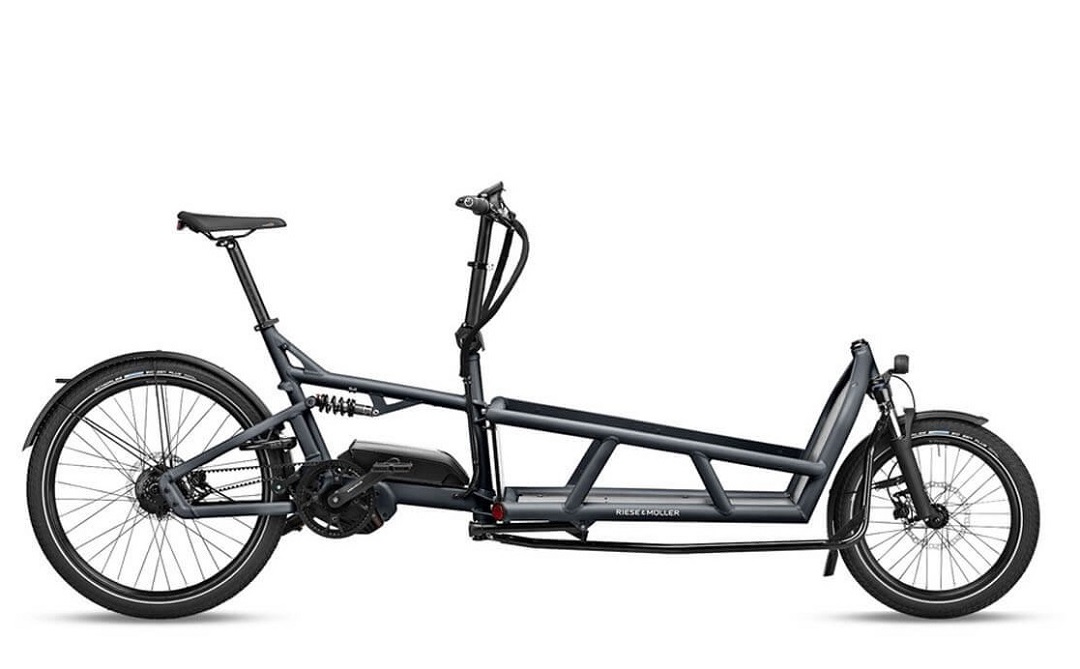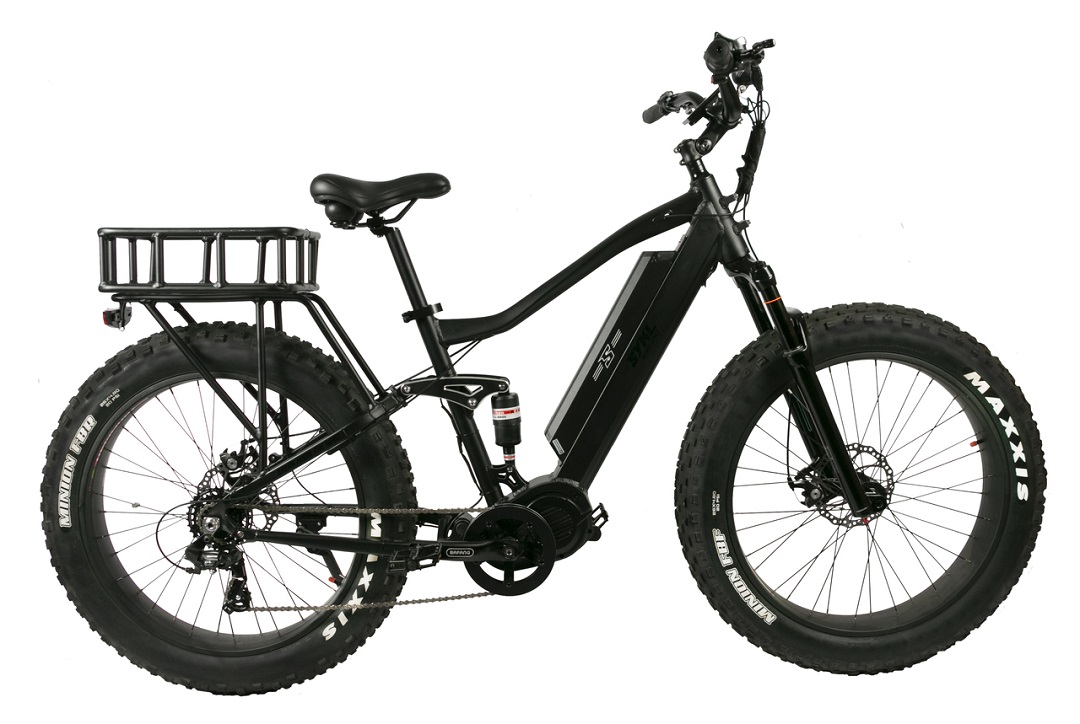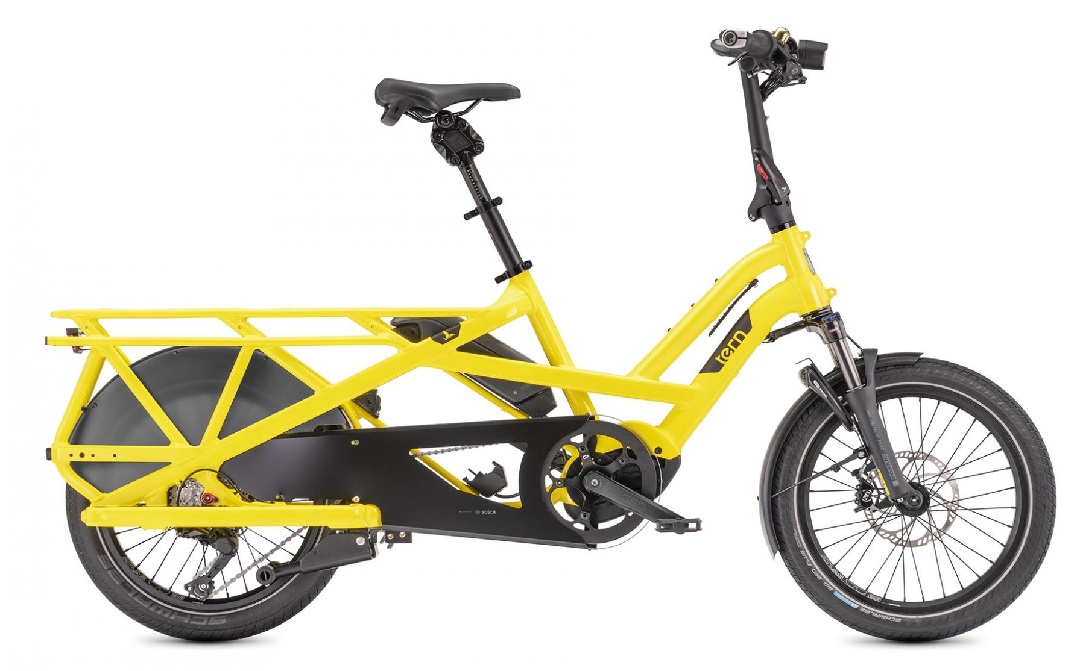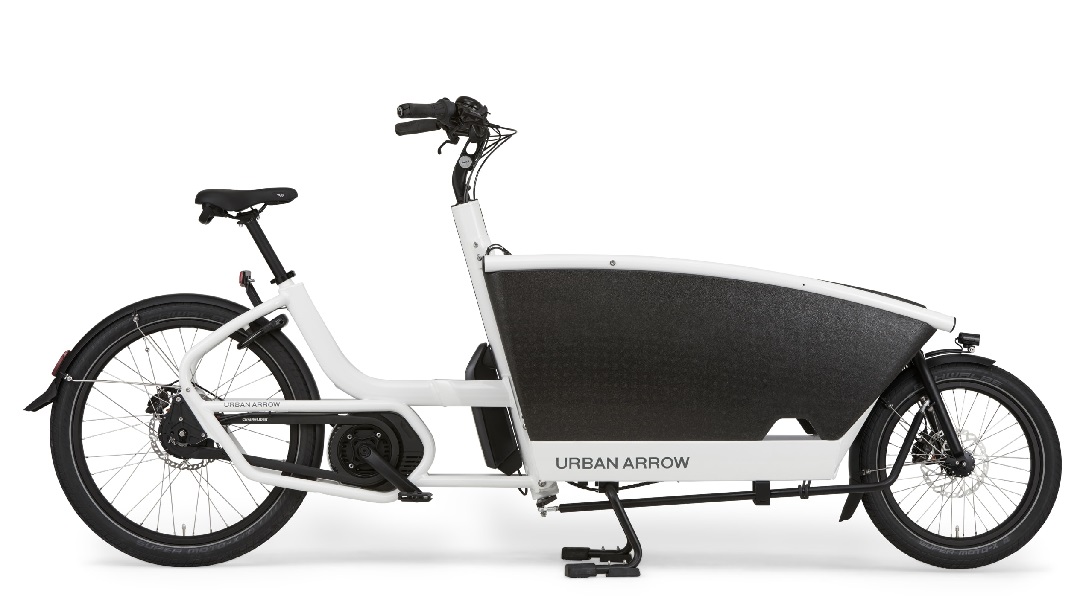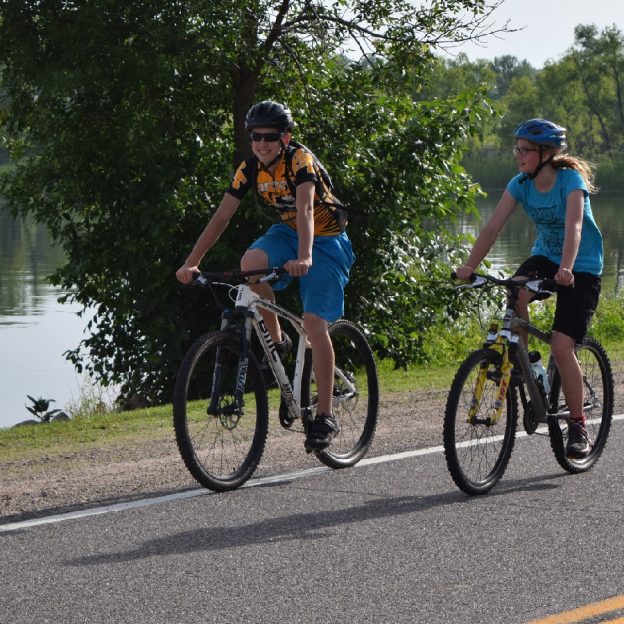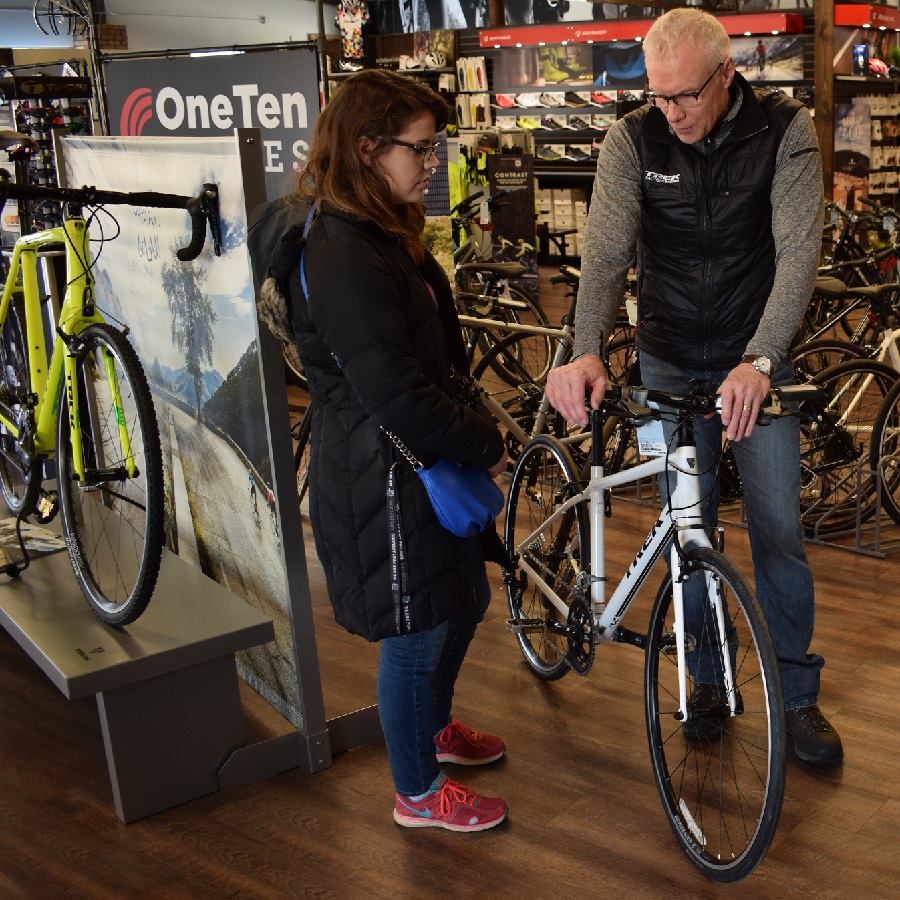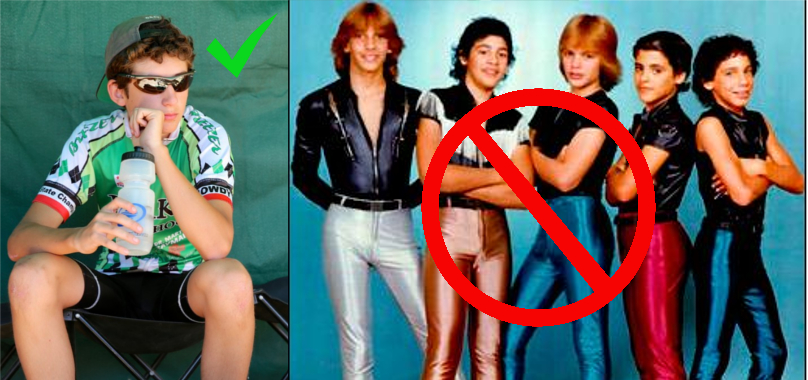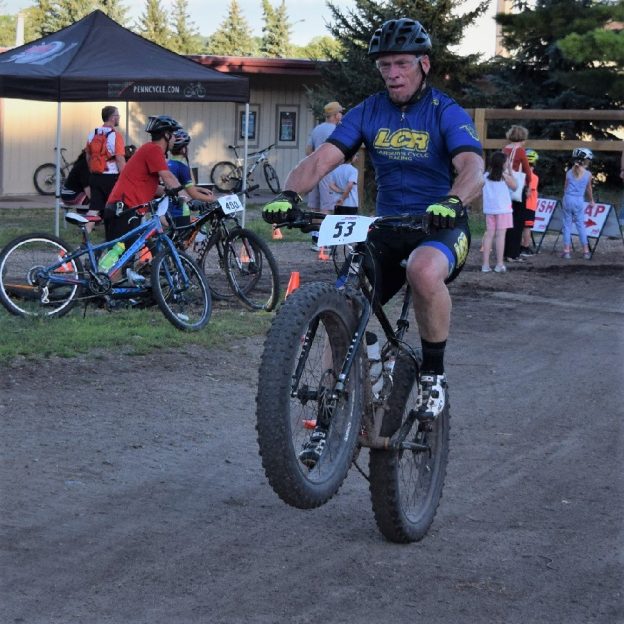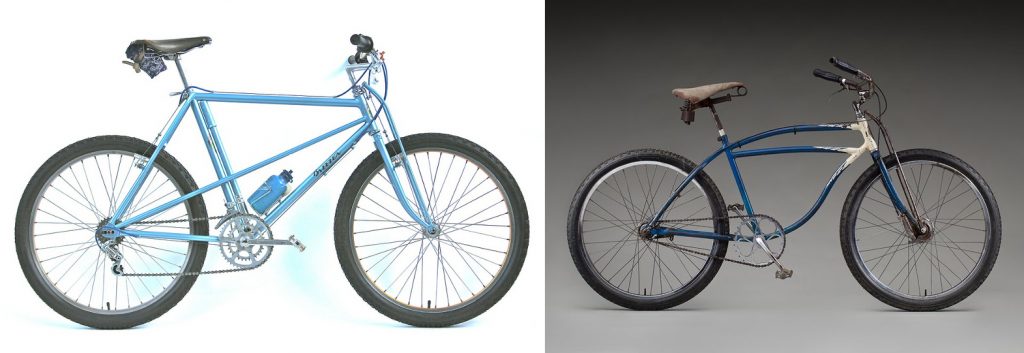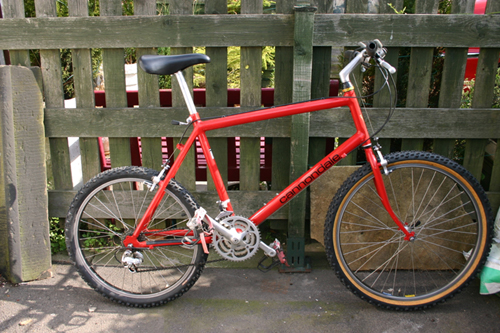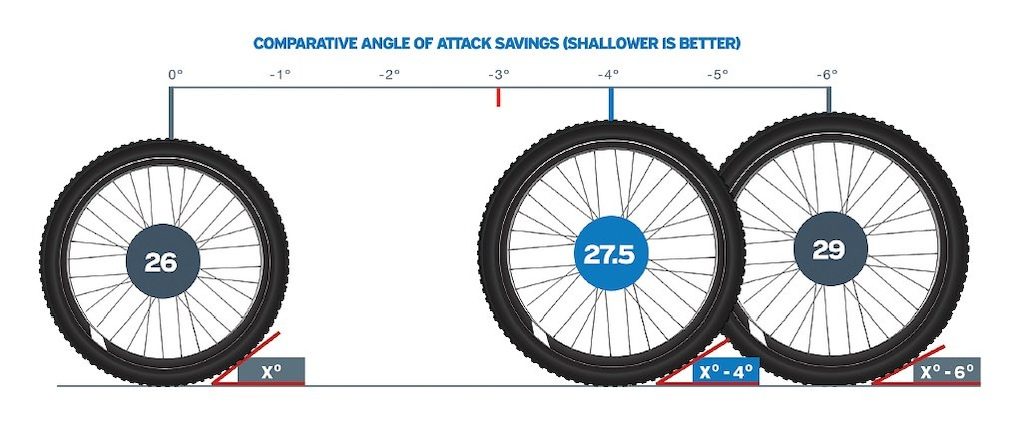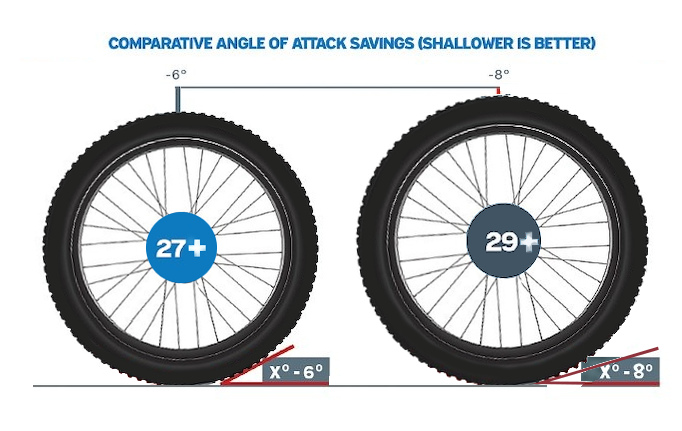by Russ Lowthian, Editor at HaveFunBiking
As consumers gain an ecological awareness of greener transportation, alternatives to electric vehicles (EVs) are becoming more attractive. Especially with battery and solar technologies speeding forward, encouraging micro-mobility. Using a human-powered bike or trike, combined with an electric assist motor, can make for an eco-friendly option when looking at EV’s. Please find a short list below of some of the e-bikes and trikes options you can test ride at the E-bike Challenge Minneapolis.
Why an e-bike and the advantages when buying your next vehicle
Those who haven’t had the pleasure of test-riding an electric bicycle or e-trike will find they are perfect for many local trips. While not everyone can replace a car entirely, most trips within a 10-mile range can be less expensive with an e-bike. And, in many cases, quicker than a four-wheeled vehicle.
These micro-mobility transportation units make it easy to run errands, meet, or visit the local coffee shop. Also, using an e-bicycle allows you to pedal peacefully and sweat-free to your destination. Then, enjoy a fun cardio workout on your return trip. Below, discover many examples of e-assist bikes around the E-Bike Challenge test track on March 11 & 12, 2023.
Also, the perfect rehabilitation tool for riders facing physical limitations or recovering following surgery.
The types of e-bicycles and their movement towards micro-mobility
It’s a vast and diverse industry with something for everyone, from adaptive, cargo, folding, fat, and long-tail bikes and trikes ready for you to test ride. The common thread is that all e-bikes and trikes use an electric motor to assist in human-powered activity or micro-mobility. They are replacing car miles, especially gas-powered ones, to create a cleaner environment.
Bikes to see at the E-bike Challenge
As we work with the E-bike Challenge team, here are some of the brands to expect at the March 11 & 12 event:
Aventon Aventure (fat tire bike)
This e-bike with four-inch fat tires and front suspension ensures you will be comfortable cruising the pavement or enjoying the challenges on the off-road trail. Especially with the 80mm of travel in the front suspension absorbing all the bumps in your path. Equipped with a powerful 1130W (peak) motor and 720Wh batt, any adventurer can go furthermore. See more on the Aventon line of e-bikes here.
Catrike eCat (recumbent trike)
With seventeen years of engineering and experience, Catrike has created the eCat. Go farther, faster with greater ease aboard this recumbent e-trikThethe latest electric assist system from Bosch mot is at the heart of this trike. The result is a recumbent trike offering maximum efficiency, comfort, and riding enjoyment.
Gocycle G4i (folding bike)
A folding e-bike perfect for transit and ease of storage in tight city living spaces, on boats, or in motorhomes. With a streamlined chassis, enjoy Gocycle’s all-new G4drive that offers extra torque. And the iconic stowable magnesium frame, with a fast-folding handlebar and carbon wheels, creates a genuinely helpful urban folding bike with a 50-mile range.
IZIP Tristar Plus (trike)
This versatile electric three-wheeler has the power to handle your cargo load with every pedal stroke. With its easy handling and responsive TranzX M16 center motor, it’s easy to run errands, deliver goods, or take your pup for a ride. The easy-entry frame has a 3-speed drivetrain with a large rear cargo basket, offering an average range of 30 miles per charge. Many are finding this electric-assist trike a welcome member to mobility.
Magnum Scout (fat tire bike)
An all-terrain fat tire e-bike built for comfort year-round, this large frame model is perfect for five-foot-six and taller riders. Add in the 17.5Ah battery and 750w motor. The Scout will get there within a 35 to 65-mile range per charge. Other features of the Scout include high-tread fat tires, front fork suspension, and hydraulic disc brakes. They make it easy to pedal away on your next remote hunting, ice fishing, or backwoods adventure. See more on the Magnum line of e-bikes.
Pedigo Stretch (long-tail bike)
This cargo bike is complete with everything you need and more. It is fully loaded with user-friendly features that make riding even more fun and practical for hauling people and cargo of all shapes and sizes. With a premium drivetrain with five levels of pedal assist for full power on demand, the Stretch is a complete package with everything you need and more. See more on the Pedego line of e-bikes here.
Riese & Muller Load 75 (long-tail bike cargo bike)
Its full suspension makes it a noteworthy cargo bike, a comfortable ride when hauling packages or children. The Load 75 may be the ultimate family bike for hauling up to four toddlers. This e-bike now offers a Bosch 4th generation motor system for more get-up-and-go. Now with more torque, it’s lighter and sleeker than ever before. And like the Load 60, the 75 is also highly reliable, thanks to its high-grade components. See more on the Load 75 line of e-bikes here.
Serial 1 E-bike powered by Harley Davidson
They were inspired by the creation of their first motorcycle, the “Serial Number One,” back in 1903. Today this new line of e-bikes offers fun, freedom, and instant adventure for those looking for a pedal-assist electric bicycle. Powered by the advanced bicycle technology at Harley Davidson, enjoy the freedom of a bike with the effortless joy of electric power to change how the world moves again. See more on the Serial 1 line of e-bikes here.
Specialized Creo SL Electric (Road/Gravel Bike)
If you are looking for an adventure both on or off-road, the 2021 Specialized Turbo Creo SL Comp Carbon EVO Electric Road Bike is here to assist you. The features of this bike come with the same motor, battery, and frame as the Vado SL. Only this bike is faster! And the cycle allows you to take advantage of the tire clearance with Creo’s adventure-ready components. Now you can go wherever your heart desires. See more on the Specialized line of e-bikes here.
SYKL Xplorer X1000 MD Series (fat tire bike)
This e-fat bike is designed for rugged terrain and is perfect for climbing hills, long-range hunting trips, and all-terrain exploration. Whether that means getting quickly and quietly to your duck blind; climbing mountains to see what is at the top; or powering along a sandy beach to watch a sunset, the Xplorer bikes will get you where you want to go. See more on the SKYL line of e-bikes here.
Tern GSD S10 LX (long-tail bike cargo bike)
It’s the same length as a regular bike and easy to carry two kids, groceries, or a lot of cargo. And the GSD S10 LX is ready to replace your car. The bike has a handling capacity of 440 lb (200 kg) and a Maximum Gross Vehicle Weight. Plus, the built-in dual-battery technology lets you ride all day. And with space-saving features of the FlatFold and Vertical Parking makes the GSD easy to own and use. See more on the Tern line of e-bikes here.
Urban Arrow Family E-Cargo Bike
This bike is the newest member of the famous European cargo bike family line. The 2022 Urban Arrow Electric Cargo Bike can easily transport you and your children or wherever you want to haul. No more worries about your busy schedule, fetching groceries, shopping trips, or delivering a payload. Now zip through the city effortlessly, or enjoy a trip to the country using trails and roads. See more on the Urban Arrow line of e-bikes here.
Mark your calendar! This is just a sample of some of the bikes you may be able to test ride at the E-bike Challenge coming to the Minneapolis Convention Center on March 11 & 12, 2023. Then, check back often as more e-vehicles signup, and we do total reviews on the models you want to test out.
by Russ Lowthian, the editor at HaveFunBiking

